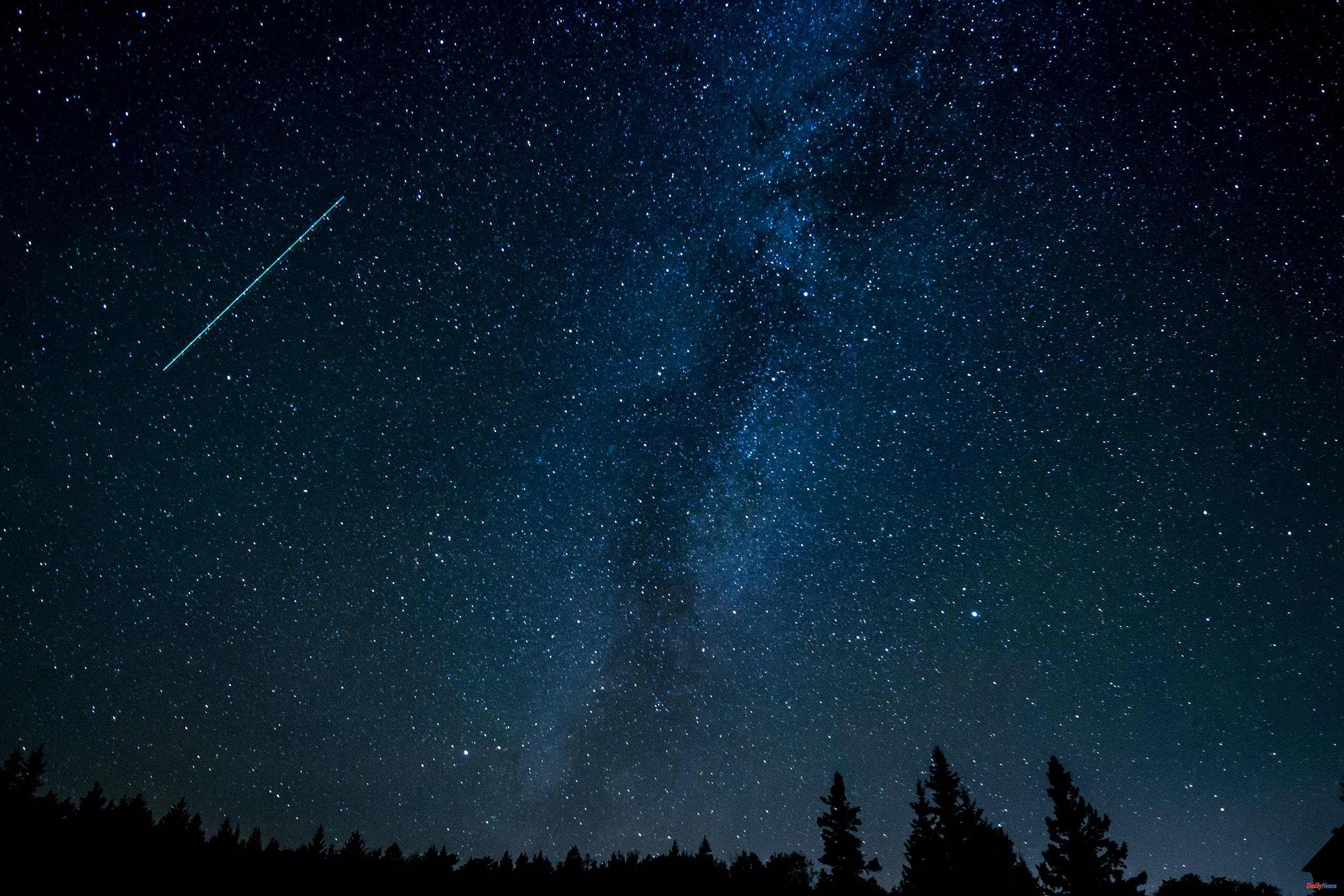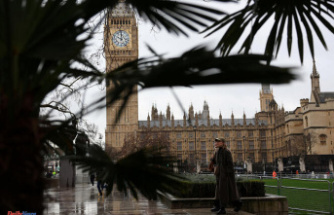Meteor showers, popularly known as star showers, are one of the essential appointments for any astronomy lover. This May is the turn of the Eta Aquarids. Let's see which days are the best to contemplate this celestial phenomenon and if 2023 is a favorable year to detect these shooting stars.
The main peculiarity of the Eta Aquarids is that they are created by Halley's comet. The king of comets orbits the Sun every 76 years; its last visit occurred in 1986, so it will not appear in our skies again until 2061. So, it is time to settle for the tiny fragments of the comet (meteoroids, barely a few millimeters or centimeters) that reach our atmosphere every six months .
As Rafael Bachiller, astronomer and director of the National Astronomical Observatory, explains, this phenomenon is due to the fact that the Earth, in following its systematic circular path around the Sun, crosses twice a year a ring populated by the fragments left behind by Halley when it passes through this area once every 76 years. That is why Halley produces two meteor showers: the Orionids visible in October and the Eta Aquarids visible during these days.
When Halley's meteoroids reach the Earth's atmosphere, at an altitude of about 100 kilometers, friction with the air causes their calcination and the luminous flashes that we see inwardly from the ground and that we call shooting stars. Their speeds can exceed 250,000 kilometers per hour and up to 30 meteors per hour can be observed.
The name of Eta Aquarids is due to the fact that its radiant is located near the star Eta in the constellation Aquarius. As the radiant is relatively close to the celestial equator, the Eta Aquarids can be observed from both the Northern and Southern Hemispheres.
As pointed out by the National Astronomical Observatory, this meteor shower is visible every year between April 19 and May 28, although its maximum activity in 2023 takes place between May 6 and 7. They are bad dates for its observation, since they practically coincide with the full moon (May 5).
To observe this phenomenon, it is recommended to get away from the lights of the city or the streets, to enjoy a dark sky with no obstacles to the view, as well as not using telescopes or binoculars to limit the field of vision. It is best to direct your gaze towards the darkest areas; in half an hour the eyes will have adapted to the dark and will be able to detect flashes easily.
According to the criteria of The Trust Project












